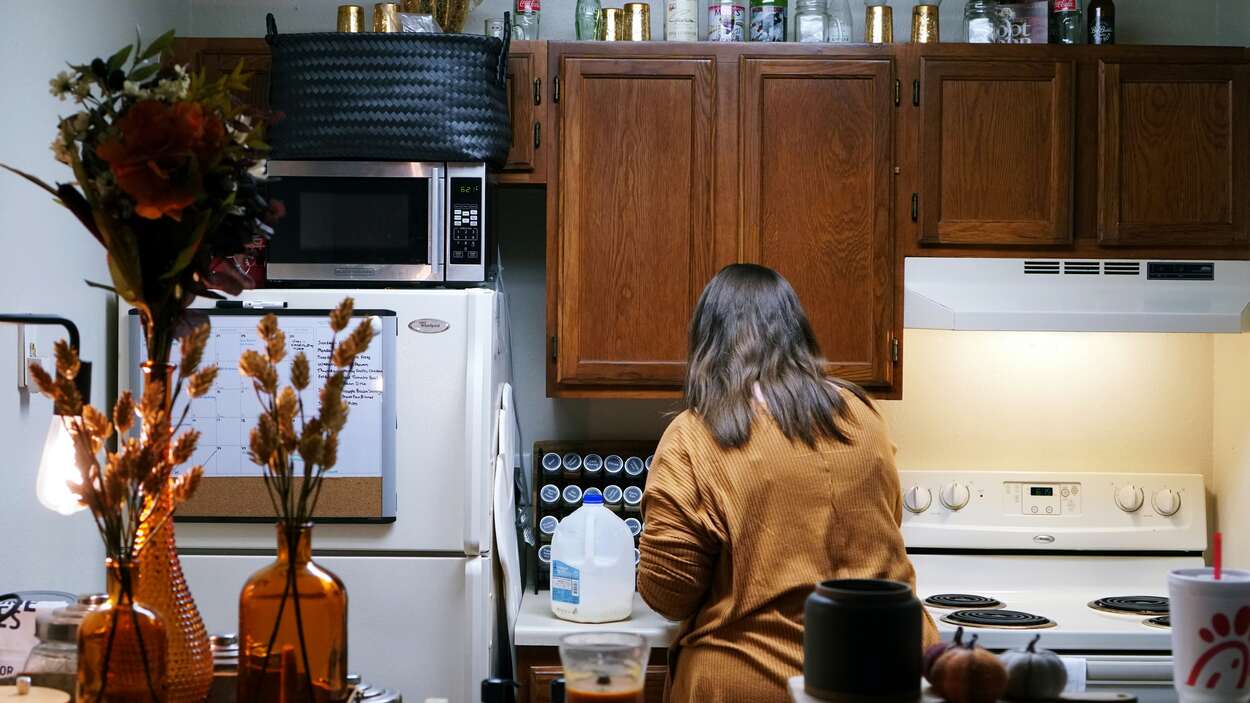As an experienced plumber from Ferguson’s Plumbing, I understand how important it is to make the most out of your available space.
One area where you can reap some significant space-saving rewards is in the realm of your plumbing.
Let’s run through some practical space-saving plumbing tips which can make your Australian home feel much roomier.
- Optimizing Small Kitchens: Strategic plumbing layouts can significantly enhance the functionality of small kitchens.
- Compact Fixtures: Space-saving plumbing can be achieved by installing compact fixtures that take up less room.
- Efficient Water Heaters: Opt for efficient water heaters designed specifically for small spaces to conserve room and energy.
- Solving Plumbing Issues: Addressing plumbing issues promptly can prevent further complications, saving you space and stress in the process.
- Space-Saving Toilets and Sinks: Opting for compact toilets and sinks in your kitchen will free up much-needed space.
- Smart Home Systems: Integrating smart home systems and sensors can streamline your plumbing, further saving space.
Implementing these space-saving plumbing tips not only enhances your living conditions but also increases the value of your Australian home.
Additional Helpful Information
Remember, the key to effective space utilisation doesn’t always lie in having less. It’s about making better use of what you have.
Your kitchen might be compact, but with smart planning, you can make it work harder and smarter for you.
The integration of energy-efficient appliances not only saves precious kitchen real estate but also reduces your utility bills.
Your local Australian plumber at Ferguson’s Plumbing is always ready to assist with any space-saving plumbing setups you might require.
Contents
- Optimizing a Small Kitchen with Plumbing
- Strategic Plumbing Layouts for Small Kitchens
- Compact Fixtures for Space-Saving Plumbing
- Efficient Water Heaters for Small Spaces
- Addressing Common Plumbing Issues in Smaller Kitchens
- Space-Saving Toilets and Sinks for Kitchens
- Smart Home System and Sensors for Plumbing
- Energy Efficient Plumbing Appliances
- Compact Kitchen Mastery
Optimizing a Small Kitchen with Plumbing
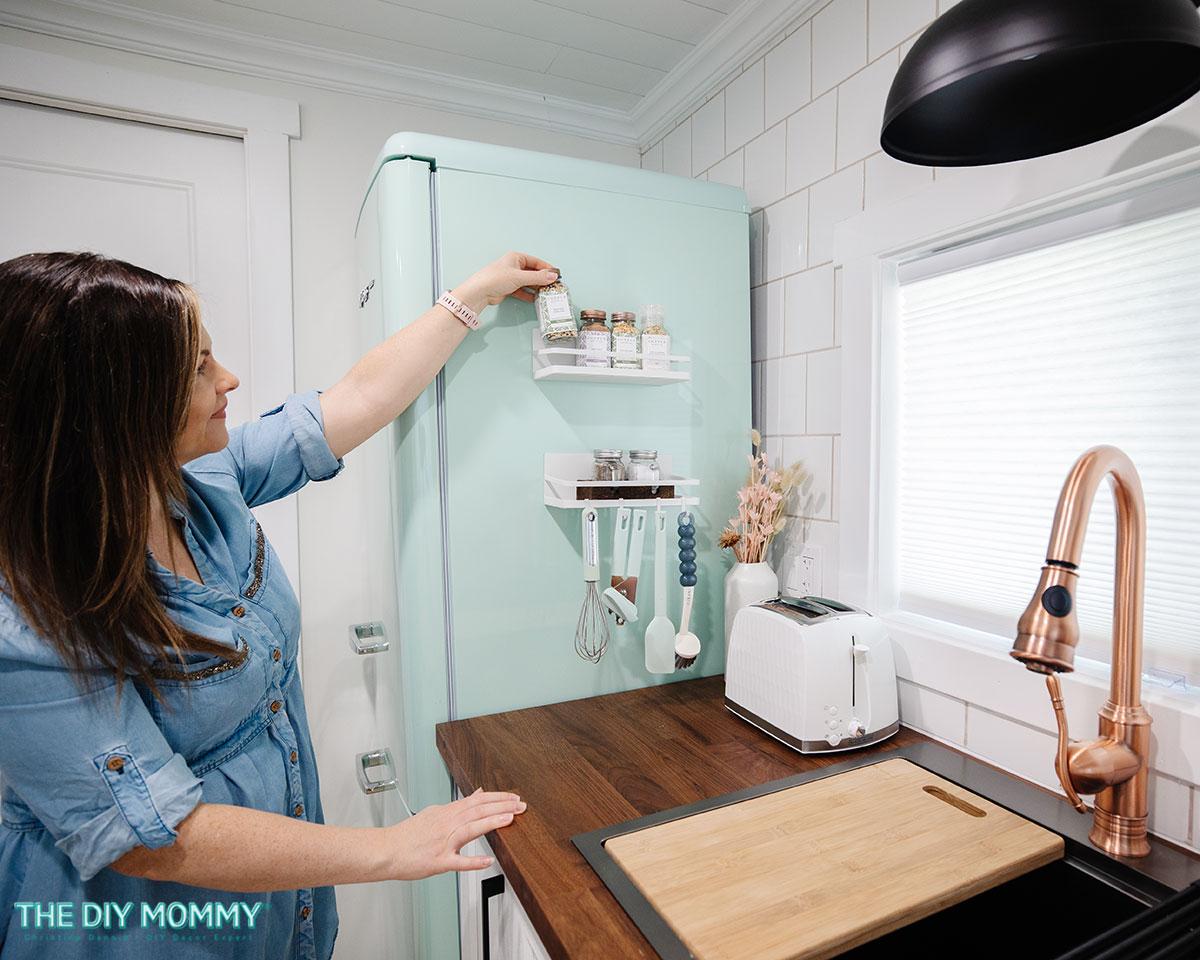
Small kitchens can feel cramped, but the right plumbing solutions can help you make the most of your space. Well-planned kitchen plumbing optimizes functionality and appeal.
A neat trick is to use backless stools that tuck under countertops. This clears up space when they’re not in use, keeping pathways open and uncluttered.
- Adopt a Central Range: Positioning your range on an island makes way for uninterrupted cabinet storage along the main walls.
- Interior Cabinet Organisers: Dividing drawers into compartments enhances storage efficiency, keeping things tidy and within reach.
- Open Shelving: Shelves above peninsulas provide easily accessible spots for frequently used items without obstructing sightlines.
- Pullout Chopping Station: A pullout chopping block converged with drawers offers handy counter space when required.
Another helpful hint is to consider floating countertops. They extend beyond the peninsula base to prevent obstructions from swinging doors or legs.
Increasing the height of upper cabinets creates a spacious feel and gives your kitchen a tidier look. For optimal storage and aesthetic appeal, consider using eye level cabinets with additional row above.
- Open Island Cart: An island cart with open sides provides additional storage while maintaining an open kitchen layout.
- Mirrored Backsplashes: A mirrored backsplash adds depth beyond cabinets, creating an illusion of a larger kitchen space.
- Smart Storage Solutions: Use trays or cutting boards to organize utensils and appliances, freeing up valuable counter space.
Strategic Plumbing Layouts for Small Kitchens
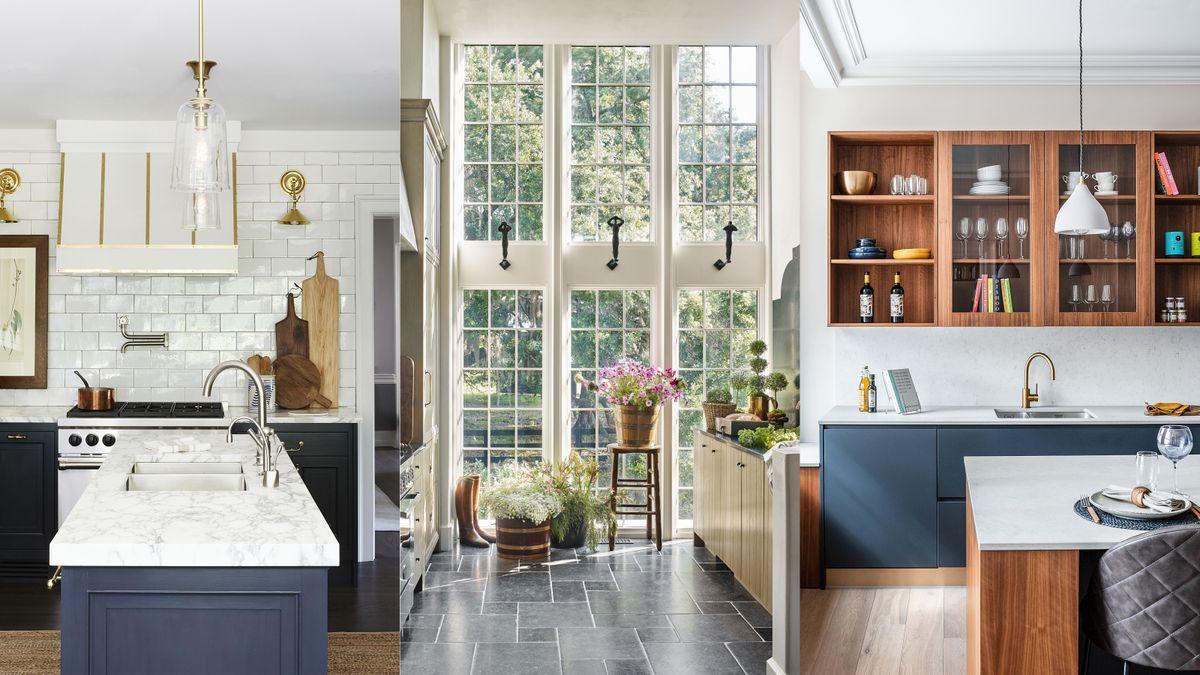
How does measuring countertops and sink depth help?
It’s essential to ensure the tap aligns with your sink depth and countertop setup. A lower-profile tap is usually more suitable for small kitchens to save space.
What kind of sink is best for a small kitchen?
A bar, galley, or corner sink can fit snugly into tight spaces and optimise the area available in a small kitchen. These sinks are designed specifically for confined spaces.
What sort of taps work well in small kitchens?
Taps with touchless or gesture control can boost functionality while saving space. Wall-mounted taps offer a sleek aesthetic whilst freeing up counter space.
What’s the advantage of having multiple flow options in my tap?
A tap with various flow settings allows you to adjust water pressure and flow suited to different tasks, hence not needing multiple taps and saving crucial space.
Why are single-handle taps useful in small kitchens?
Single-handle taps conserve space and reduce visual clutter. They’re more compact than two-handle taps which makes them a practical choice for smaller kitchens.
Are motion-sensor taps a good option?
Motion-sensor taps maintain a clean appearance whilst being convenient in small kitchens. Initially popular in commercial settings, they’re now available for domestic use too.
Does spout length matter?
The tap’s spout length should be proportional to prevent water from splashing out. Shorter spouts are generally favoured for smaller sinks.
Are double-bowl sinks practical?
Despite their appeal, double-bowl sinks may not be practical due to limited space. A single-bowl sink with a dynamic tap enhances functionality in a small kitchen.
What’s special about pull-out taps?
Pull-out taps offer additional reach without consuming more space. They make an excellent choice for compact kitchen layouts because of their long handles.
How do certain taps save space?
Some taps have integrated features like soap dispensers or water filters which save space by combining multiple functions into a single fixture.
Is a farmhouse sink a good choice?
Farmhouse sinks, while larger than traditional sinks, can be space-efficient in small kitchens, offering an open work area and often additional storage beneath the basin.
How do finishes affect the look of my small kitchen?
Choosing compact taps in finishes like bronze, matte black, or walnut can reduce visual clutter and promote a more streamlined look in your small kitchen.
Compact Fixtures for Space-Saving Plumbing
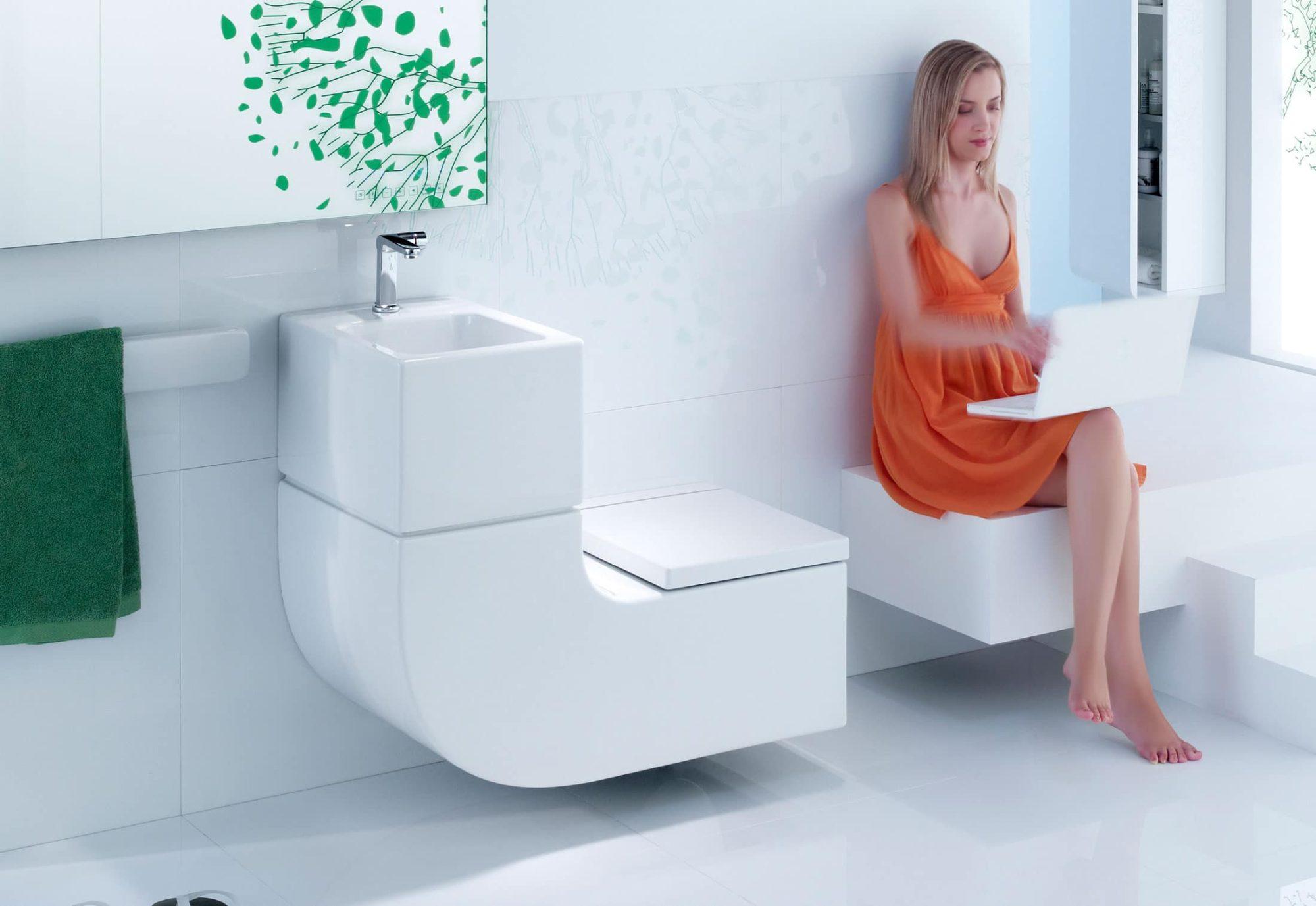
The Metallic Accent Trim by Designs of Distinction can be a great addition to your bathroom. Made from anodized aluminium in the U.S., this trim adds both functionality and style.
Available in seven striking finishes, the Metallic Accent Trim can effortlessly complement any bathroom design. Its versatility allows it to blend smoothly with various colour schemes and themes.
Remember, compact fixtures not only save space but also add a unique style quotient to your home’s plumbing system.
Stocked by Brown Wood, there are six sizes of Metallic Trim available. Among them are straps, making it easier for you to choose according to your specific needs.
Using such fixtures in your plumbing system aids in saving space while maintaining efficacy. This makes them perfect for smaller households or apartments where space is precious.
Efficient Water Heaters for Small Spaces
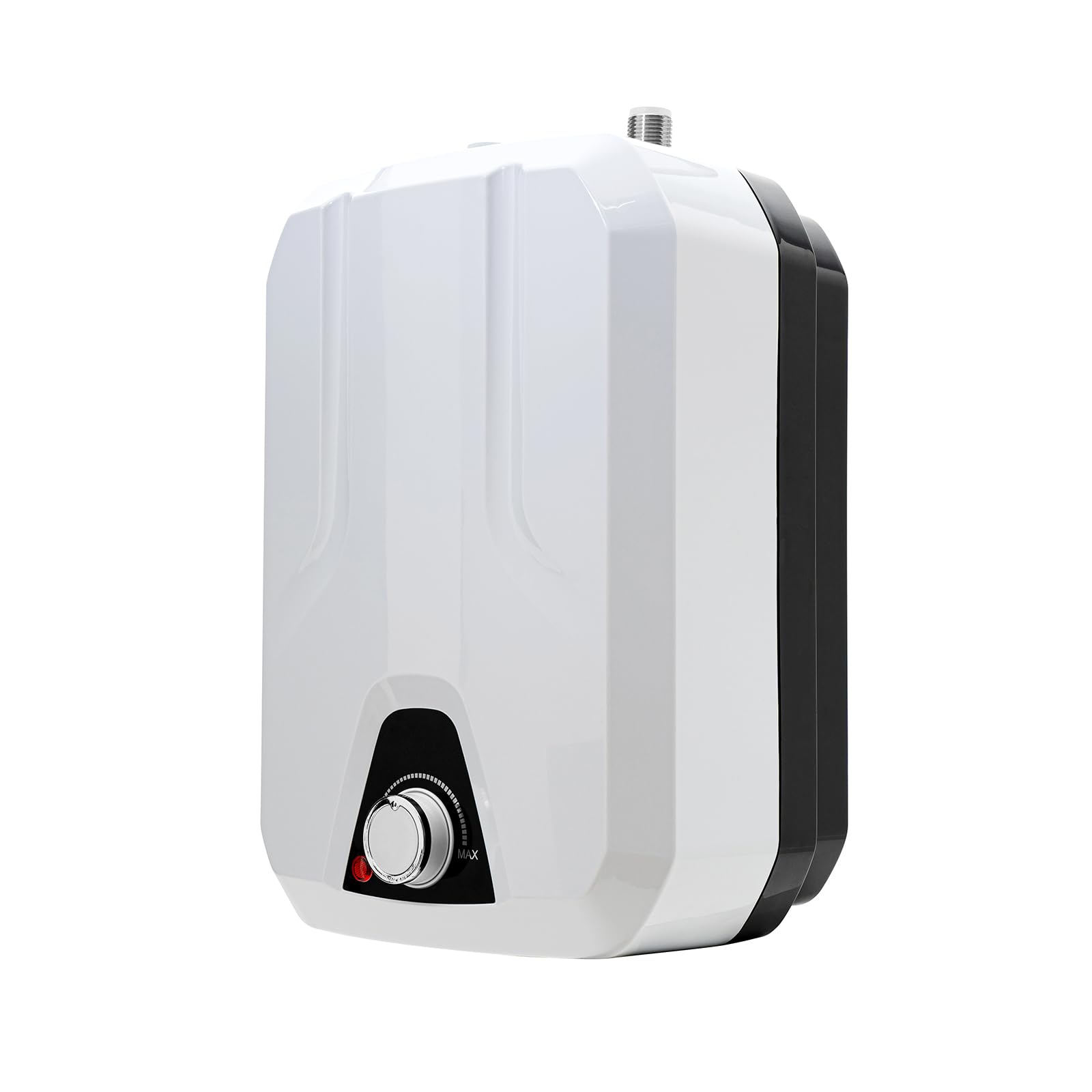
Small spaces and typical water heaters don’t always mix well. Luckily, there’s a brilliant solution.
ENERGY STAR Certified Heat Pump Water Heaters come highly recommended. They’re perfect for smaller homes.
These relible units are provided by trusted companies such as Xcel CO and Ameren IL.
If you’re thinking about the costs, don’t worry! ENERGY STAR partners offer rebates on their certified products, making your purchase easier on the wallet.
To take advantage of these deals, simply enter your zip code on the ENERGY STAR website. You’ll find rebates available in your locality.
Still need more info about saving with ENERGY STAR products? Their website is a great resource to check out.
Their content aims to answer all your questions, delivering educational resources and practical solutions tailored to your needs.
If you want optimal efficiency and space-saving solutions, investing in ENERGY STAR Certified Heat Pump Water Heaters is a wise decision.
With this, you can expect less clutter, lower energy consumption, and more savings. A rich experience indeed for small homeowners!
Addressing Common Plumbing Issues in Smaller Kitchens

Your kitchen plumbing might be out of sight, but it certainly shouldn’t be out of mind. Regular attention can prolong its life and avoid costly repairs.
The most common issue we come across is clogged drains, often resulting from food scraps or grease build-up. While chemical drain-clearing products may seem like a quick solution, they often do more harm than good.
- Avoid pouring grease down the drain as this can lead to blockages.
- Use screens over drains to prevent food and hair build-ups.
- Regularly clean out your drains to stop any slow-building clogs in their tracks.
- Avoid using chemical cleaners, instead opt for a plumber’s snake or hand auger to clear the clog completely.
High water pressure might feel great in the shower, but it isn’t so fantastic for your pipes. It adds extra stress and can lead to leaks which shortens the lifespan of your plumbing.
If you’re experiencing hard water, characterised by white buildup on showerheads and taps, it may be time to consider installing a water softener. This can prevent minerals from corroding joints and fittings. Remember, even small leaks can lead to larger issues if not addressed promptly.
Become familiar with your home’s main water shut-off valve. In the event of a leak, you will be able to quickly stop the water flow and prevent potential flooding.
Last but not least, never use exposed pipes as hanger rods for laundry or other items as it can loosen joints and fasteners over time. Keep these tips in mind to maintain your kitchen plumbing system efficiently.
Space-Saving Toilets and Sinks for Kitchens
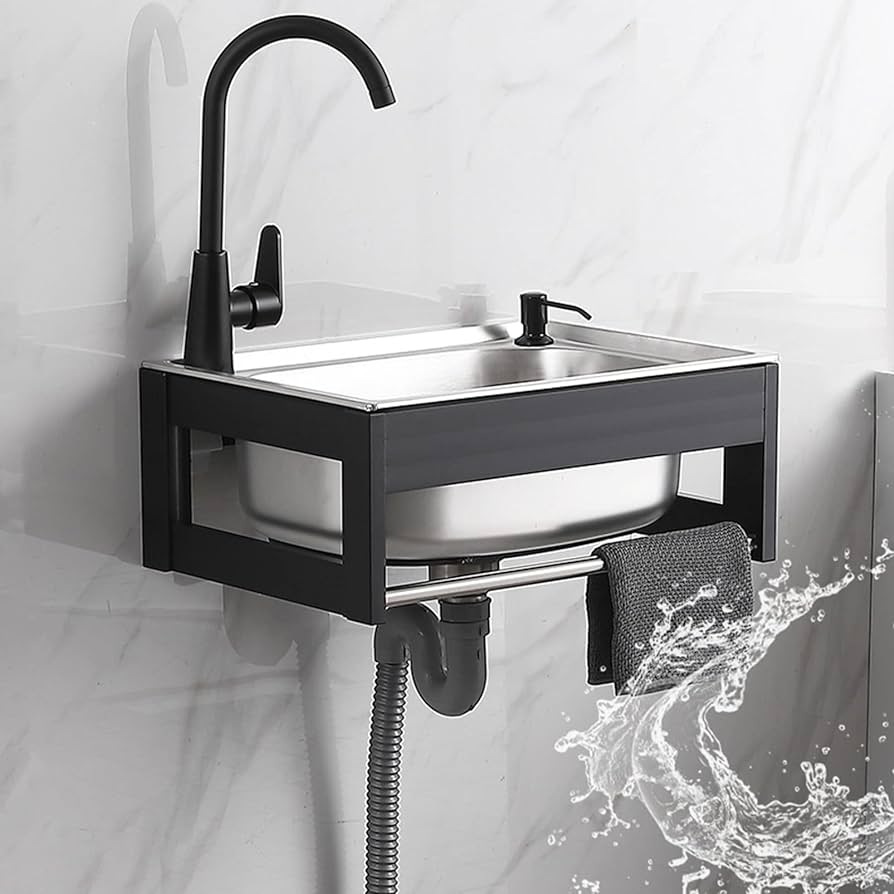
When it comes to space-saving, both the toilet and sink configuration can play a big part. Specially designed compact toilets and sinks can significantly free up room in your kitchen.
Considering Sink Placement
Sink placement impacts the amount of available space you have. Guidelines differ between single and double basin sink configurations.
For double sinks, a minimum of 36 inches between each basin is recommended. This distance lets two people use the sinks simultaneously and provides ample room for plumbing.
Bathroom Sink Distance From Wall
The recommended minimum distance from the back wall for bathroom sinks is 20 inches. The bare minimum is 15 inches, measured from the sink’s center point to the wall.
Vanities with precut sinks should meet these spacing guidelines already. The aim is to ensure easy usage without any obstruction in movement.
Toilet Space Requirements
The layout of toilets also impacts how much space you’ll have available. A minimum of 21 inches from the front of the toilet is recommended, although 30 inches is more favourable.
This front clearance ensures that you can use your toilet comfortably while keeping other services like the shower, sink, tub, and door accessible.
Advancing Bathroom Counter Placement
The position of your bathroom counter plays a crucial role in managing space. It’s suggested to place it at least 30 inches away from any obstruction at the front. This not only enhances accessibility but also eases maintenance tasks.
Conformity with Code Requirements
It’s important to consider local building codes when laying out your bathroom or kitchen. However, these codes sometimes lack specific guidelines regarding optimal spacing of toilets, sinks, bathtubs, and showers.
Non-profit industry groups, such as the National Kitchen and Bath Association (NKBA), provide beneficial recommendations. These could be used as a valuable reference in creating a functional and comfortable layout for your space.
Smart Home System and Sensors for Plumbing
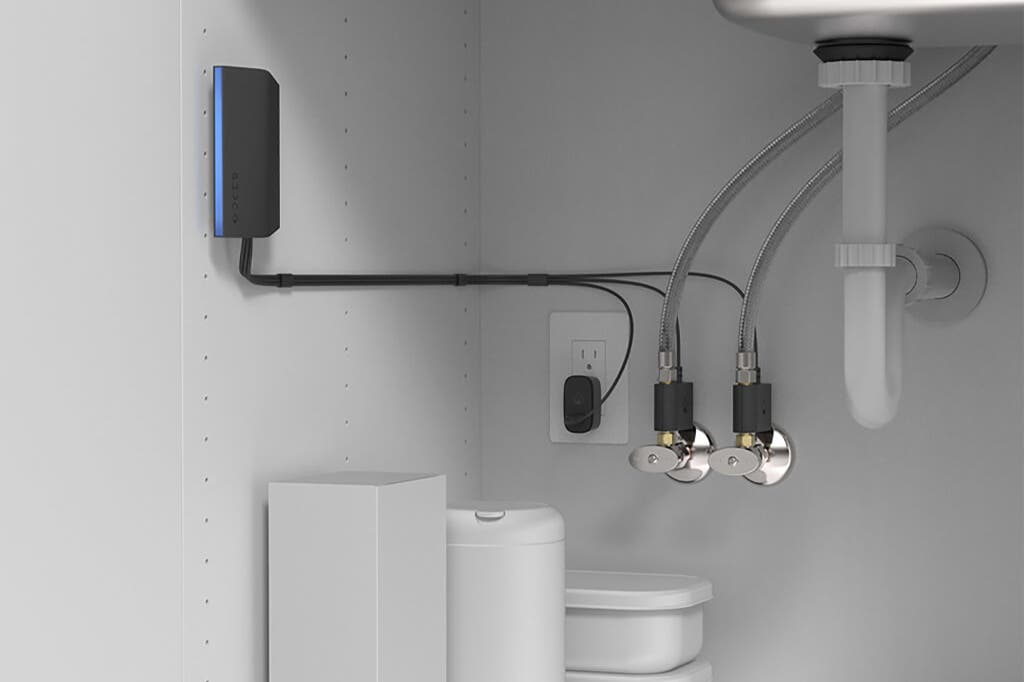
Have you considered smart plumbing for your home? Imagine leak detection, remote water shut-off and more! It’s all possible with smart water monitors, smart leak detectors, and even smart toilets and showers.
Smart water monitors offer benefits such as providing detailed data on water consumption, temperature, and pressure. These devices can detect leaks and give users timely alerts.
Smart Leak Detectors
If you’re concerned about leaks in hidden or high-risk areas, consider investing in a smart leak detector. These battery-powered gadgets can be placed in basements or under sinks and alert users of any detected leaks via an app.
Whole-Home Water Monitoring Systems
A whole-home water monitoring system is an excellent solution for comprehensive coverage. Installed at the water meter or central supply, these systems can immediately shut off water during major leaks.
For a smarter showering experience, consider a smart showerhead. These can monitor your water consumption, detect leaks, and even pause flow. Some even come with voice assistant integration for temperature and flow control.
Smart Toilets and Sinks
Thinking about upgrading your bathroom further? Smart toilets come packed with features like heated seats, automatic lid opening, custom water jet settings, music playback and user presets!
Meanwhile, smart sinks are integrated with sensors to monitor your water flow and consumption. You can even control them with voice commands!
If you’re looking to bring smarts to the kitchen sink too – check out products like the Delta’s Touch2O tap and Kohler’s Sensate Tap. They’re elegant solutions for precise water dispensing, controlled by a simple voice command.
Note though that while these products use smart technology, the commands can sometimes require precise phrasing.
Another handy device is the Phyn Smart Water Assistant. A self-installable system, it monitors your water consumption and warns you if your pipes might be at risk of freezing.
Lastly, the Hydrao Smart Shower System is a neat gadget that uses lights to indicate your water consumption – a nifty system to help you conserve water, powered by the very water it’s monitoring!
Energy Efficient Plumbing Appliances
When it comes to being energy-efficient, kitchen appliances have come a long way in the past 15 years.
The key to energy savings in the kitchen is opting for appliances that are Energy Star certified.
Did you know that by choosing an Energy Star-rated fridge, you can reduce your carbon footprint significantly? It’s equivalent to saving 8,200 pounds of carbon over five years!
But if you thought all fridges were created equal, think again. Certain models, like top-freezers and bottom-freezers, prove more energy-efficient than side-by-sides and French-door models.
| Appliance | Energy Efficiency | Additional Benefits |
|---|---|---|
| Refrigerators | Top-freezer models are most efficient | Newer models use half the energy of older ones |
| Dishwashers | Energy Star certified models are 12% more efficient | Newer models use half the water of older ones |
| Ranges and Ovens | Induction ranges use less power. Convection ovens use 20% less energy. | Faster cooking times, reduced indoor air pollution |
| Small Appliances (Microwaves, Air-Frying Toaster Ovens etc.) | Use at least half the wattage of traditional appliances. | Saves time and energy simultaneously. |
| Countertop Appliances | A Small microwave is more energy-efficient than a larger one. | Heats up food faster using less energy. |
| Table Source: Ferguson’s Plumbing | ||
As this table illustrates, choosing the right kitchen appliances can lead to significant energy savings.
When you’re looking to upgrade your kitchen appliances, choose wisely. Not only will you be saving money on your energy bills, but you’ll also be doing your bit to help the environment.
Compact Kitchen Mastery
Capitalising on Ferguson’s Plumbing tips, small kitchen owners can maximise their space efficiently. Leveraging wall-mounted taps, compact appliances and under-sink storage helps conserve room. Additionally, prioritising regular professional inspections ensures the longevity of your plumbing systems. Embrace these space-saving methods for a more organised and functional kitchen.
- Kitchen Oasis. Fusion of Relaxation and Functionality (AU) - November 2, 2024
- Pure Water Pleasure. Why You Should Consider Installing a Kitchen Water Filter - October 22, 2024
- Green Plumbing Practices. Eco-Friendly Ideas for Your Melbourne Kitchen - October 2, 2024
Related posts:
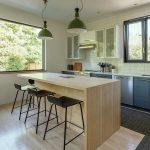 Common Kitchen Design Mistakes to Avoid: Expert Tips from Fergusons Plumbing Australia
Common Kitchen Design Mistakes to Avoid: Expert Tips from Fergusons Plumbing Australia
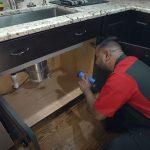 Simple Plumbing Tips for Trouble-Free Kitchen Operations
Simple Plumbing Tips for Trouble-Free Kitchen Operations
 Plumbing and Ventilation Tips for a Healthy Kitchen
Plumbing and Ventilation Tips for a Healthy Kitchen
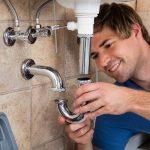 8 Tips to Minimise Kitchen Plumbing Leaks
8 Tips to Minimise Kitchen Plumbing Leaks
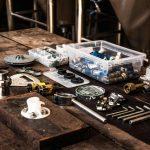 Plumbing Perfection: Tips to Maintain Your Aussie Kitchen’s Lifelines
Plumbing Perfection: Tips to Maintain Your Aussie Kitchen’s Lifelines
 Smart Plumbing Innovations – Tech Trends for Your Kitchen
Smart Plumbing Innovations – Tech Trends for Your Kitchen

